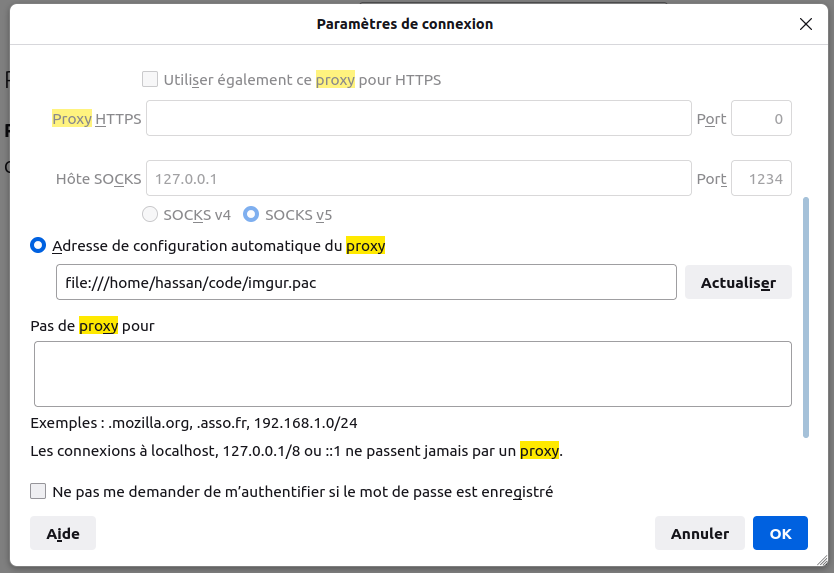Checking your win by inwi balance on a terminal
Here's how you can check your win data usage on a terminal because <note to self: insert convincing reason here before publishing> Time for some recon. I fired off the Firefox network devtools and started inspecting. There are two endpoints of interest: Login endpoint (/api/v1/auth/login): exchanges a username/password combo for a set of tokens Offer detail endpoint (/api/v1/subscriptions/<ID>/offer-detail): returns statistics about the subscription After decoding the JWT access token returned by the login endpoint, I notice that its exp claim has a generous time to live of about 7 days. The refresh token lasts twice as long. For starters I decided to use this set of tokens instead of writing code that actually logs me in, it might come in handy if they ever decide to slap a captcha on the login form. For the record, here's what the login response looks like: { "account": { "email": "yours.truly@domain.ext", ...




